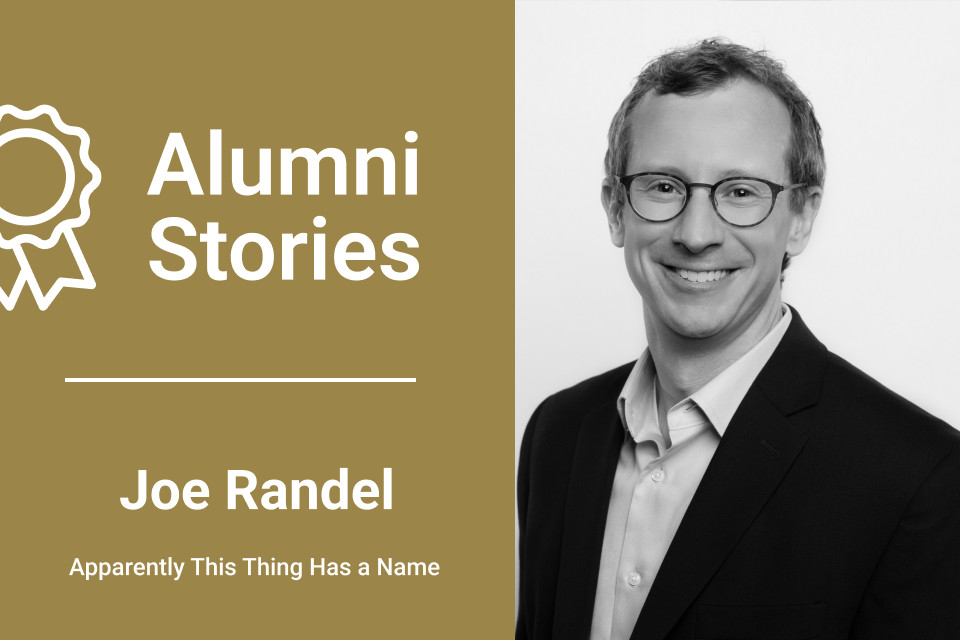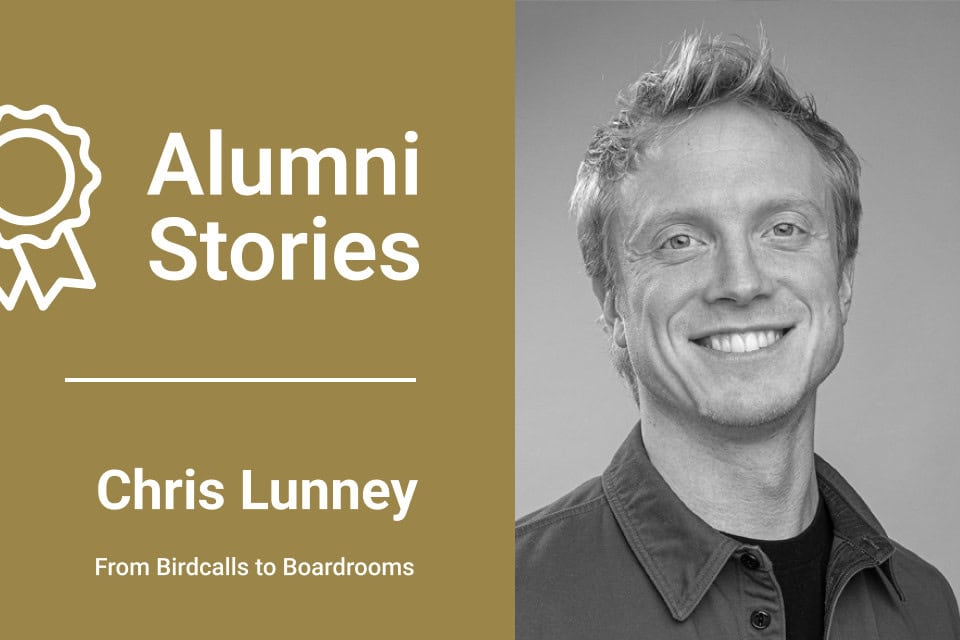Building Safe Spaces for Growth
I first encountered facilitation in a way that made me realize its true power while working as an analyst at Accenture. It was during a strategy consulting project in Palo Alto, where we brought in experienced design professionals to help us shape the future vision of a client’s company. This was pre-digital whiteboard days—we had actual whiteboards and sticky notes, and over 20 executives were in the room, ideating and brainstorming big ideas for the future.
At the time, my role was to capture these ideas, organize them into PowerPoint slides, and transform the brainstorming sessions into actionable insights. I immediately saw how the session got everyone thinking beyond the immediate now, envisioning the company five years into the future. Seeing how one well-facilitated session could draw out bold ideas and get every single executive involved was an eye-opener for me.
That experience made me want to learn how to facilitate. I wasn’t just impressed by the session itself but also by the ability of the facilitators to create a space where these ideas could emerge. I knew I wanted to learn how to create those types of environments myself.

Getting Curious About Facilitation
After that eye-opening session, I started to actively seek out opportunities to learn more about facilitation. Working in consulting, I was often involved in client workshops, but I wanted to go deeper into the craft. I began paying attention to how certain people created an atmosphere that encouraged big, bold ideas and open collaboration. I was especially drawn to the way facilitators could create a safe, creative space where people felt comfortable sharing their thoughts.
It wasn’t just about running a workshop—it was about mastering the art of setting ground rules and building trust, so everyone could contribute. I started gravitating toward learning about how to foster that kind of openness and presence in a room.Watching the rapid flow of ideas made me realize just how much potential was locked in people’s minds. Facilitation wasn’t just about guiding a meeting—it was about unlocking that potential.
Embracing Continuous Growth
Building on my initial fascination with facilitation, I made a conscious effort to seek out opportunities that went beyond my typical analyst duties at Accenture. I began proposing innovative exercises during strategy workshops, introducing elements like picture-based brainstorming or card games to spark creativity. These unconventional methods not only engaged my clients in new ways but also deepened my understanding of how diverse facilitation techniques can drive meaningful conversations.
My journey took a significant turn when I pursued my MBA at Berkeley Haas. There, I immersed myself in courses focused on interpersonal communication, active listening, and empathy. These skills were pivotal in enhancing my ability to connect with participants and create an environment where everyone felt valued and heard. The combination of consulting experience and academic learning equipped me with a robust toolkit for effective facilitation.
Joining Mural marked another milestone in my growth. Transitioning to a fully remote environment presented new challenges and opportunities. I learned to adapt my facilitation techniques to the digital canvas, leveraging Mural’s whiteboarding tools to foster collaboration among dispersed teams. The creative culture at Mural, supported by mentors like Seema Jain, inspired me to design engaging and interactive learning experiences. Whether it was running workshops for small teams or facilitating large-scale, company-wide meetings, I continually pushed myself to innovate and refine my approach.
As I moved into a leadership role in Sales Enablement and later as a Chief of Staff, I focused on designing learning experiences that were not only educational but also creative and fun. This period honed my ability to tailor facilitation methods to diverse audiences, ensuring that each session was impactful and resonated with participants.
Now, as an independent facilitator and leadership coach, working with clients such as Change Enthusiasm Global, I find myself constantly evolving. My focus has shifted towards deeper, more personal facilitation—creating one-on-one and group spaces where individuals feel safe to share difficult changes they are experiencing, openly and vulnerably. This new direction challenges me to develop even more nuanced facilitation skills, enabling me to support clients through significant transitions and changes effectively.
Discovering Voltage Control
I first came across Voltage Control during my time at Mural, where they were one of our strategic partners. I didn’t get the chance to work directly with them at that time, but I was always impressed by the way they championed facilitation, especially in a virtual environment. The templates and facilitation techniques they developed for Mural were highly creative, and I knew I wanted to learn more.
When I joined Change Enthusiasm Global as a Facilitator and Leadership Coach, I got a deeper exposure to Voltage Control as they were also a partner in our facilitation certification. I was already going through the Change Enthusiasm facilitation certification at the time, and when I learned that we could also participate in Voltage Control’s program, it felt like a perfect next step. Their emphasis on creative facilitation, both in-person and virtually, really resonated with what I wanted to achieve in my own work.
The decision to pursue the Voltage Control certification felt seamless—it was an opportunity to build on what I was already learning and to enhance my skills in a way that aligned with my goals. I knew it would help me grow as a facilitator and bring even more value to the work I was doing.
A Hands-On Certification Experience
The Voltage Control certification experience was everything I hoped it would be—engaging, hands-on, and full of real-world practice. What stood out to me the most was how much opportunity we had to actively facilitate sessions ourselves. Rather than just listening to lectures, we were encouraged to apply what we were learning in real-time. Facilitating different parts of the sessions and watching my peers do the same was incredibly rewarding.
One of my favorite parts of the certification was exploring the concepts from Priya Parker’s The Art of Gathering. Understanding the deeper purpose behind gatherings, and learning how to set the right tone and environment, really shaped the way I think about facilitation now. The discussions we had around this book, coupled with the practical exercises, helped me grasp the significance of intentionality in how we bring people together.
The sense of community was another highlight. The group I went through the certification with was amazing—open, vulnerable, and willing to share their experiences. Even now, after the course has ended, I still keep in touch with many of them. It feels like I’ve joined a network of facilitators who are always there to support one another, which has been invaluable.
Newfound Capabilities and Career Transformation
Completing the Voltage Control certification has had a profound impact on how I approach facilitation and leadership. One of the biggest takeaways was realizing that facilitation is not just about guiding a conversation—it’s about creating a space where people feel empowered to share their most authentic and bold ideas. The certification sharpened my ability to foster these spaces, whether in small, intimate settings or with large groups of hundreds.
What really shifted for me after the program was my confidence in bringing creativity into every session. I no longer felt bound by traditional methods. Instead, I started experimenting with new tools and approaches, pushing the boundaries of what a facilitated session could look like. Whether it’s an icebreaker at the start of a meeting or a deeper, reflective exercise in a larger workshop, I now have the skills to make each experience unique and meaningful.
These newfound capabilities have transformed not only my career but also my relationship with facilitation itself. I’m now working with a variety of clients, designing tailored experiences that drive deeper connections, engagement, and outcomes. The certification gave me the tools and confidence to step into this new chapter of my professional journey with creativity and a strong support network behind me.
Looking Ahead: What’s Next
As I look to the future, I’m excited to continue growing my independent facilitation and coaching practice through Grover Consulting LLC. My goal is to keep expanding the depth and breadth of my facilitation skills, exploring new ways to create environments where people feel safe to express themselves and push their boundaries. I’m also looking forward to taking on more challenging, large-scale projects that allow me to use everything I’ve learned to create meaningful change within organizations.
There’s so much potential in this work, and I believe facilitation will continue to play a crucial role in how organizations collaborate, innovate, and navigate change. I’m eager to see where this journey takes me next—whether it’s helping teams tackle complex problems, guiding leadership groups through transformative processes, or mentoring others who are just starting their own facilitation journeys.
If you’re considering taking the Voltage Control certification, I can’t recommend it enough. The experience will not only give you the tools you need to be a confident and creative facilitator, but it will also connect you with an incredible community of professionals who are just as passionate about the craft. It’s a transformative experience that can truly unlock your potential.


